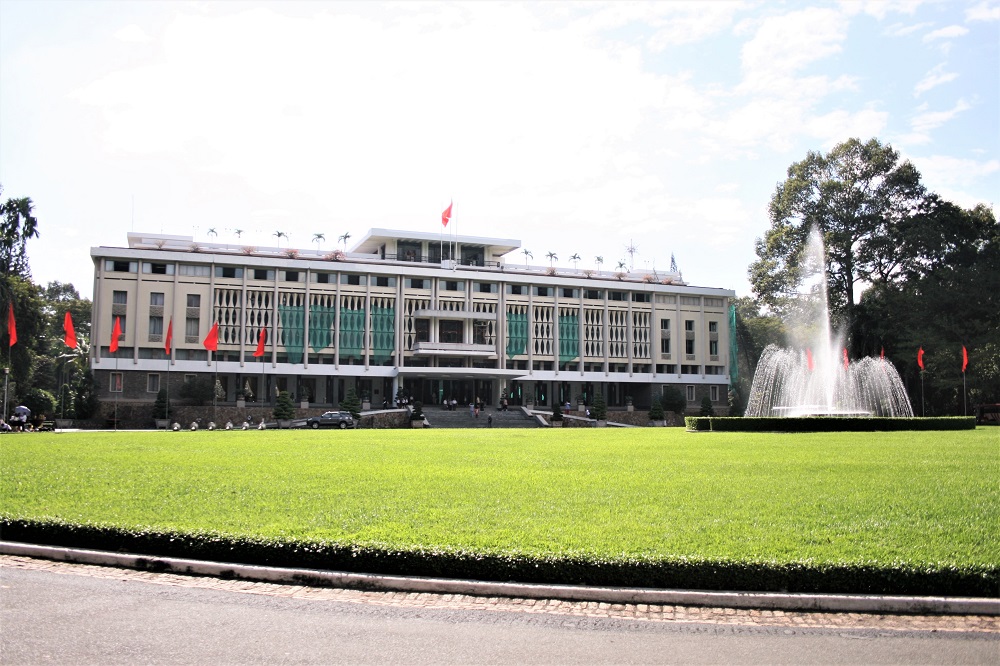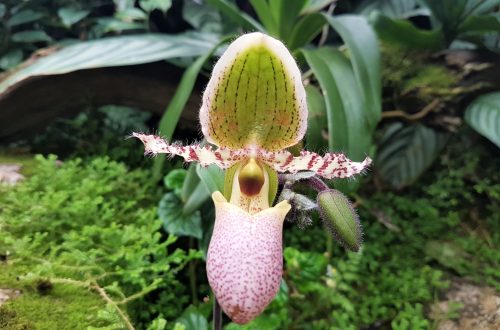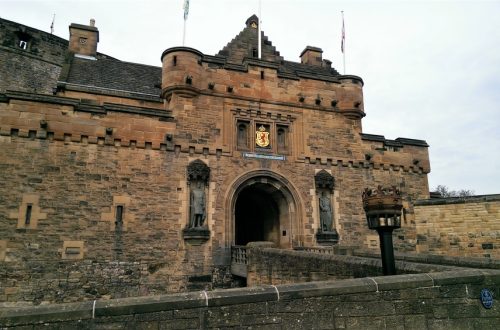As the site of one of the most infamous maybe-murders in English history, it’s safe to say I’d been dying to visit Berkeley Castle in Gloucestershire for quite some time.
Despite being only an hour’s drive from Cardiff, I had, for some inexplicable reason, never been before.
So when I had a week off work in May, I was determined to finally put that right.
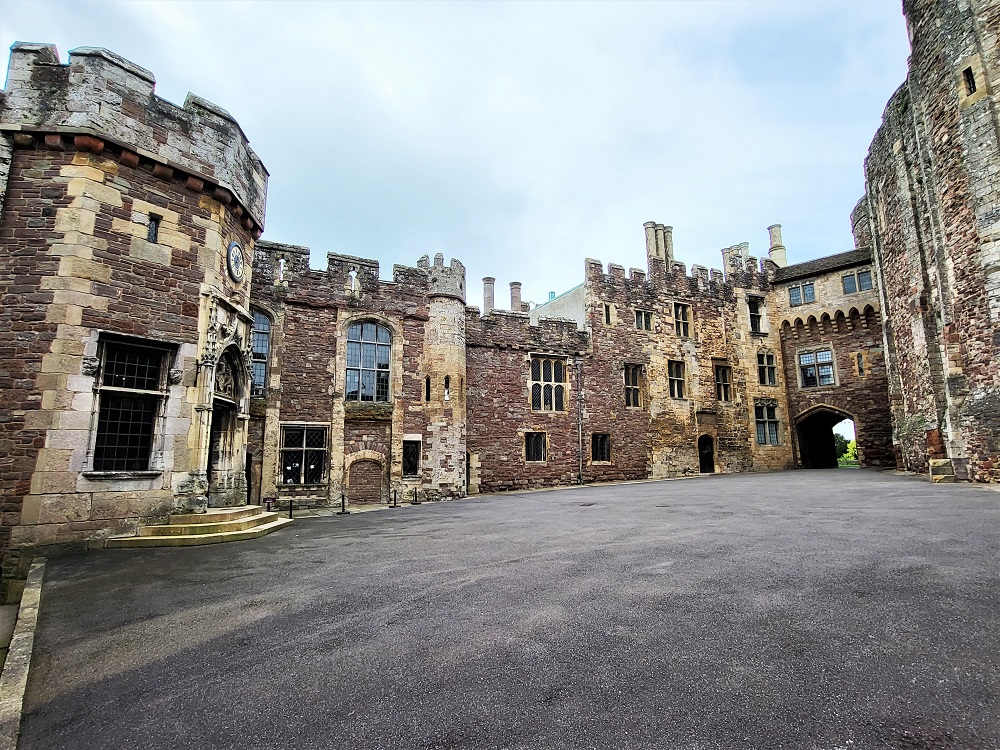
Situated in the charming town of Berkeley, just a stone’s throw from the River Severn, the 12th century castle is one of the oldest buildings in England still inhabited by the same family.
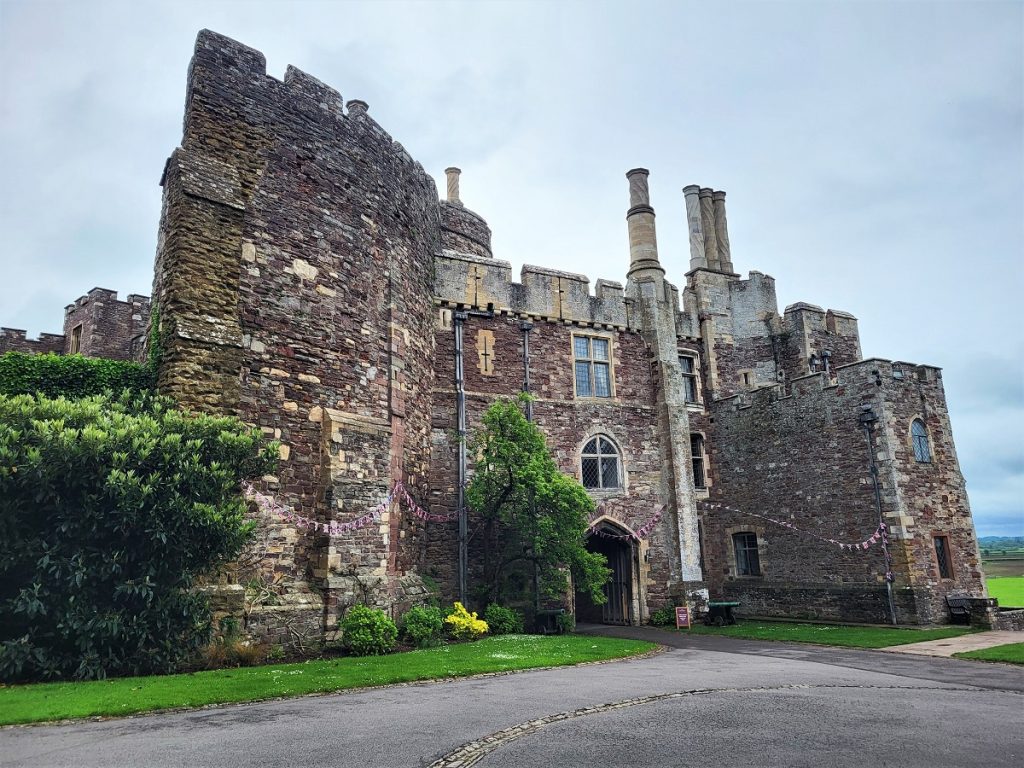
The castle sits atop a small mound overlooking Berkeley Vale, with a series of antique cannons guarding the entrance (below).
I started my tour in the keep, which is the oldest part of the castle, and on going inside, I found myself in the kings’ gallery, a large room filled with portraits of various kings and queens.

The room is also home to the castle’s dungeon (a deep hole in the floor that’s now protected by a grate) and some furniture that once belonged to the Elizabethan adventurer Sir Francis Drake, including a beautifully decorated cypress chest (above).
But the keep’s main claim to fame is being the site of one of the most notorious maybe-murders in English history, that of King Edward II.
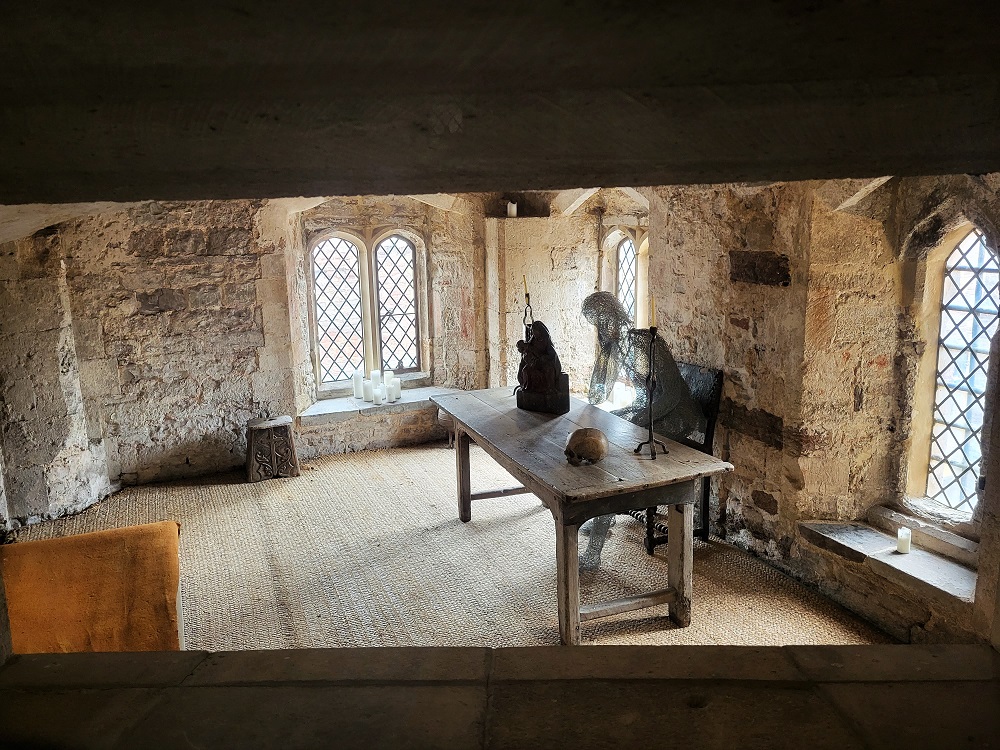
Edward II was imprisoned at Berkeley Castle in April 1327, three months after he was forced to abdicate in favour of his teenage son, Edward III.
Edward II had been captured and overthrown two months earlier, in November 1326, after his wife Isabella of France successfully invaded the country with the help of her lover Roger Mortimer.
But just five months after he arrived at Berkeley, the rumour mill went into overdrive that the former king was dead.
The circumstances surrounding Edward II’s death are a mystery and to this day, no one’s quite sure how he died or even if he was killed at all (there’s a theory he escaped to the continent and spent the rest of his life as a hermit).
But most historians think he was strangled in his cell at Berkeley (above).
We’ll never know for sure what happened, but it was fascinating to see such a significant spot in English history.
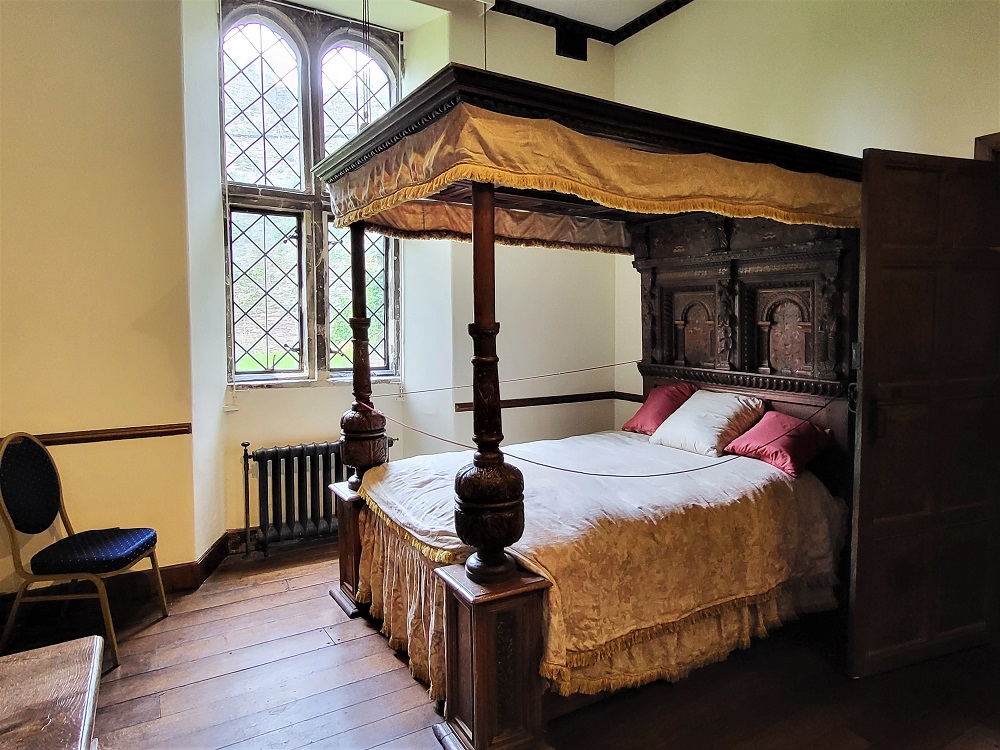
Next door to the kings’ gallery is the Drake room, so-called because Sir Francis is said to have spent the night there (above).
Inside the room, there’s a huge bedspread that once belonged to Queen Elizabeth I hanging on one of the walls (below).
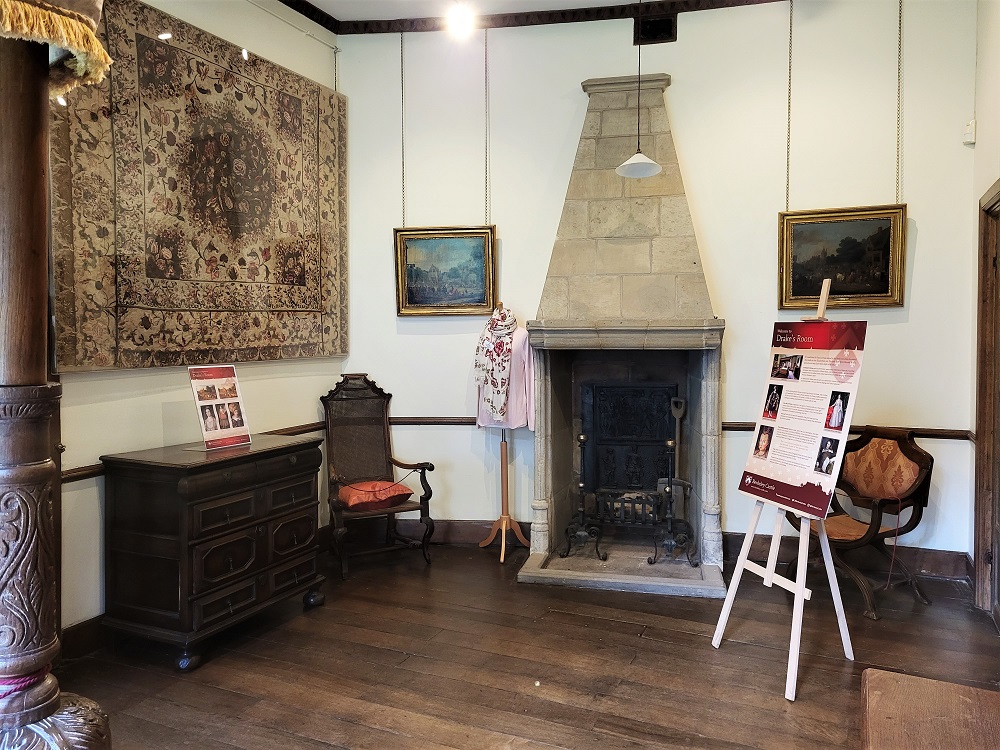
The story goes that when Elizabeth came to stay, the Berkeley family tried to keep their herd of deer away from her because she was a rapacious hunter.
But despite their best efforts, Elizabeth still managed to kill 27 of them, much to the annoyance of her host who remonstrated with her for killing so many there weren’t enough left to feed the villagers.
The queen flounced off in a huff, leaving her bedspread behind and it’s adorned the room ever since.
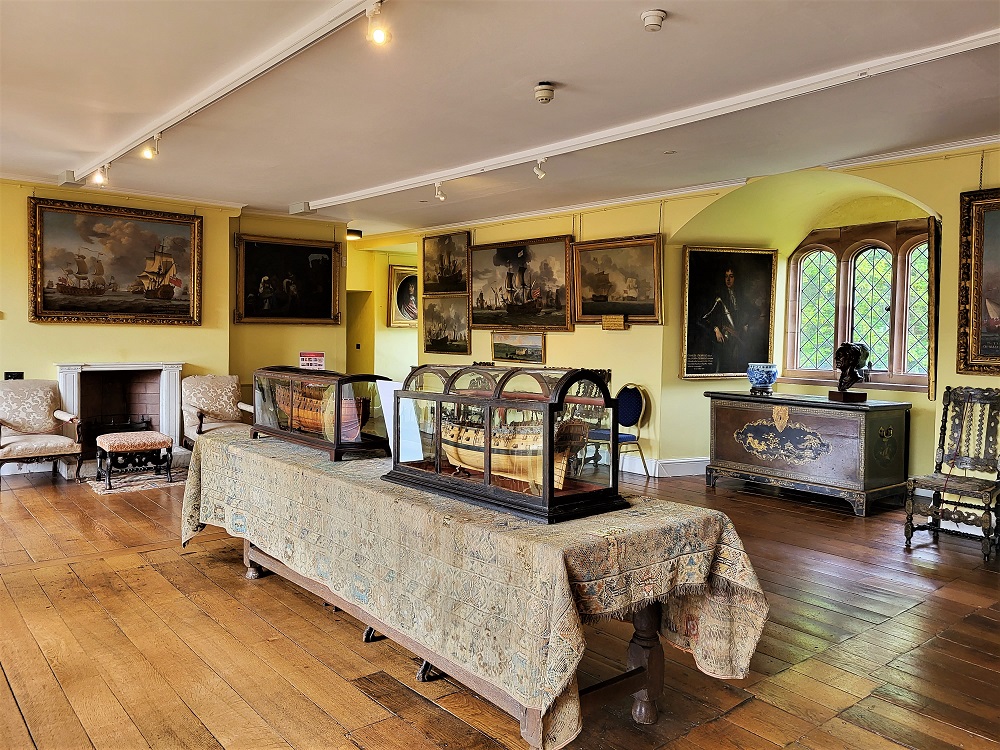
From the keep, I passed through the tower room to the picture gallery (above).
The long gallery is adorned with Dutch, maritime and animal-themed paintings and there are two model ships, including one of HMS Severn, on display in the centre of the room.
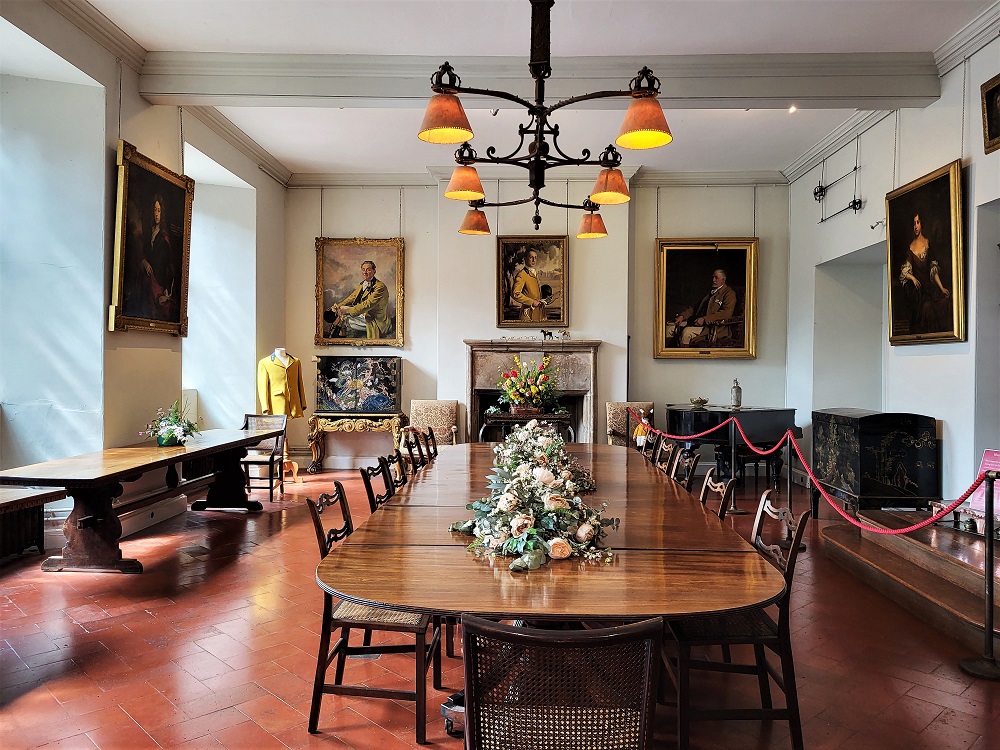
I then headed downstairs to the elegant billiard room (above), and began exploring the larder, buttery and kitchen.
The small kitchen (above) boasts some eye-catching decorative touches, including a distinctive cobwebbed ceiling design (below).
My tour continued with a look around the china room, a small room filled with some exquisite china pieces, and the housekeeper’s room.
The housekeeper’s room is home to the Godwin cup (above), a goblet that may or may not have belonged to Godwin, Earl of Wessex, father of the unfortunate King Harold II who was slain at the Battle of Hastings.
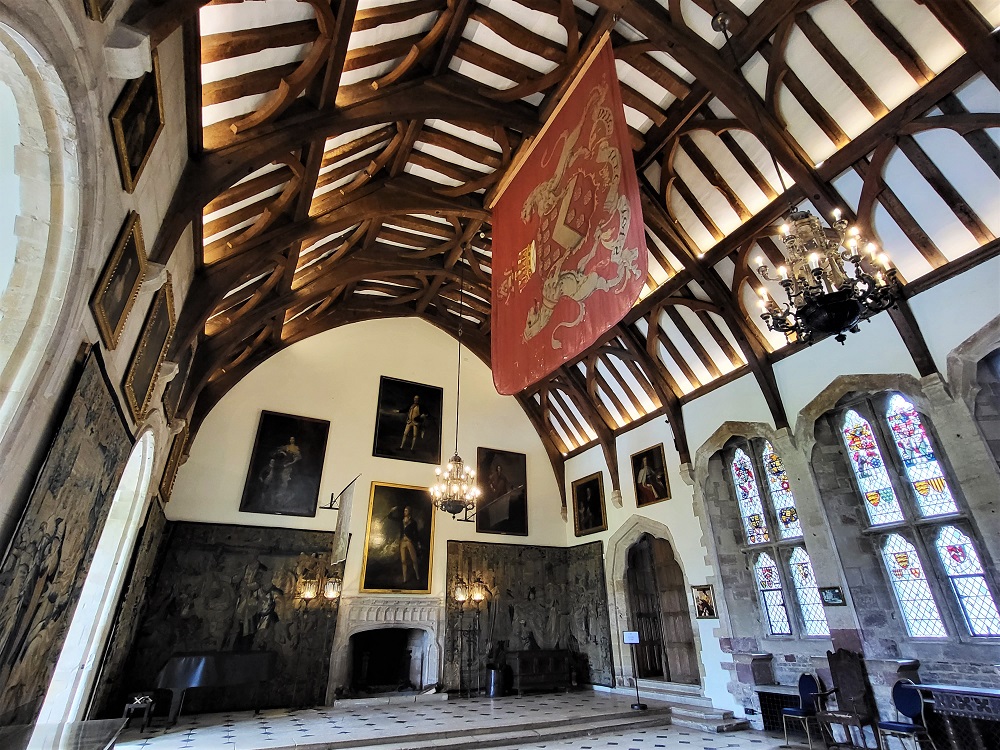
I then made my way to the castle’s 14th century Great Hall, which is adorned with a standard the 4th Earl brought back with him from the Battle of Culloden (above).
The impressive room is where the castle now holds its wedding ceremonies. It’s also a popular filming location, having played host to the likes of Wolf Hall and Poldark.
While I was looking around the hall, one of the volunteers explained that it was the location of the first performance of Shakespeare’s A Midsummer Night’s Dream.
She also explained it was once the setting of a horrible tragedy involving the castle’s jester.
The jester’s big party trick involved jumping off the top of the wooden balcony, rolling himself into a ball mid-air and being caught below.
But when the jester caught the eye of a nobleman’s wife, the disgruntled baron made sure the jester wasn’t caught and he plummeted to the ground.
The Earl of Berkeley was so horrified by the jester’s death that he had a large tomb built for him in the graveyard of St Mary’s Church next door.
I left the hall and made my way up the grand staircase (above) to a trio of rooms – the morning room, the long drawing room and the small drawing room (below).
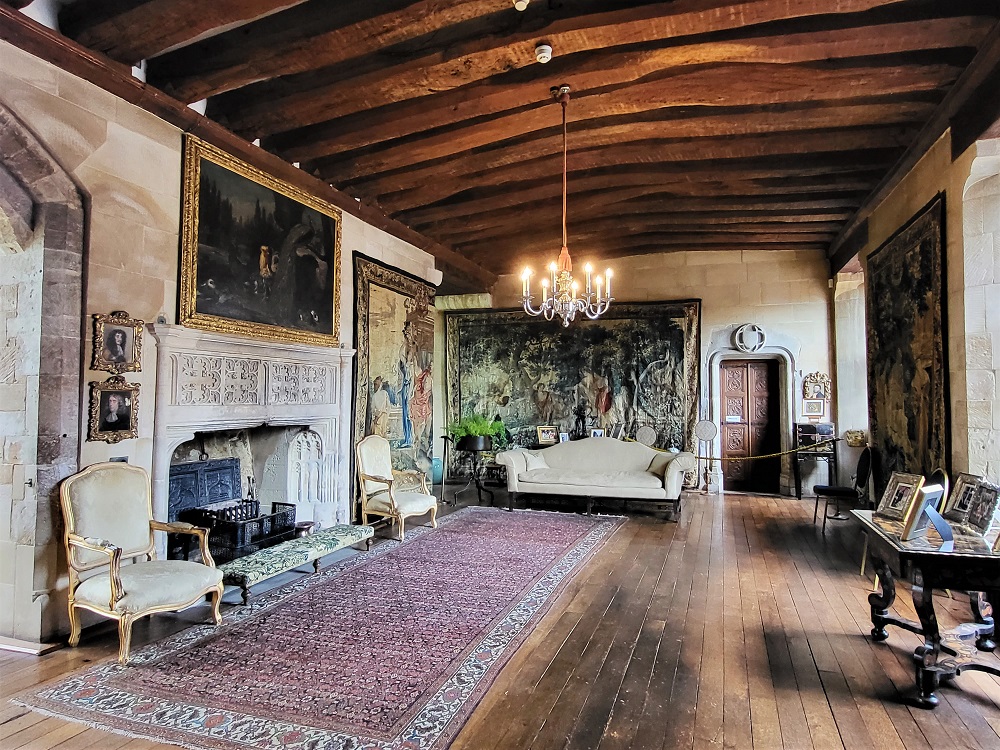
Having looked around the three rooms, I headed back downstairs, where I followed the signs to the beer cellar and then outside to the courtyard.
By now I’d seen all there was to see in the castle, so I strolled over to the terraced gardens, which lead down to a large lawn.
The gardens boast a serene lily pond (above), attractive flower beds and a bowling green, as well as a couple of pine trees that are said to have been grown from pine cones brought back from the Battle of Culloden.

Towards the bottom of the garden, below the lily pond, is the Mr John Berkeley Memorial Garden, a pretty, tranquil water feature (above).
I loved my visit to Berkeley Castle, it’s a delightful castle that’s steeped in history with plenty to see and do. My only regret is that I hadn’t discovered it years ago.
Info
Berkeley Castle, Gloucestershire GL13 9BQ
£14.50 adults, £7.50 children (aged three to 16), £13 concessions
Open 11am to 5pm, Sunday to Wednesday, between early April and early November



